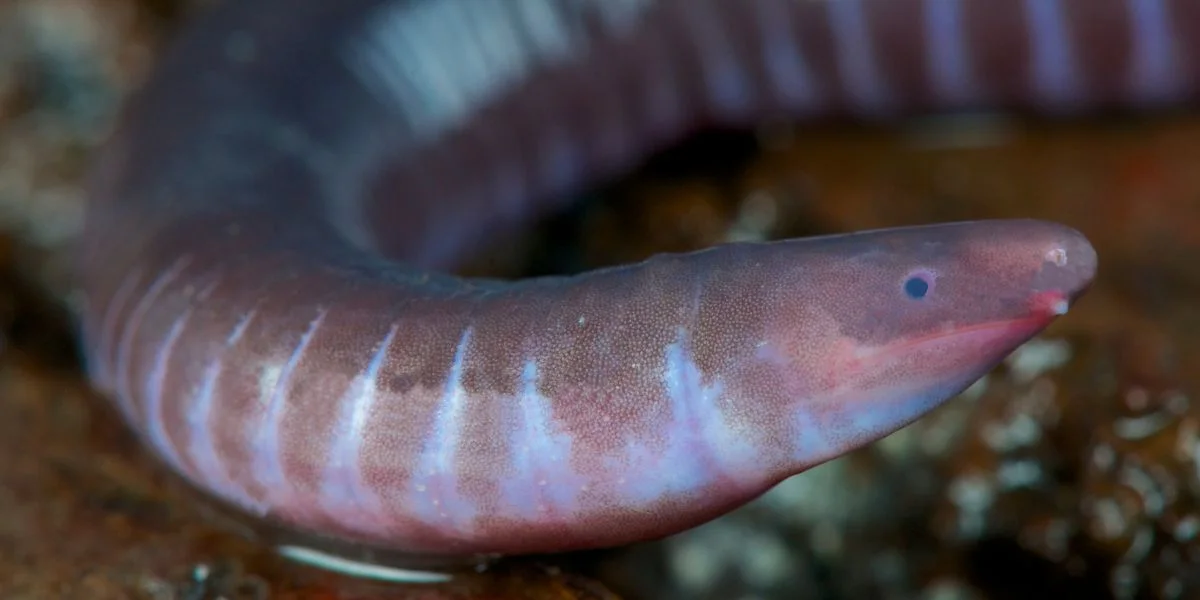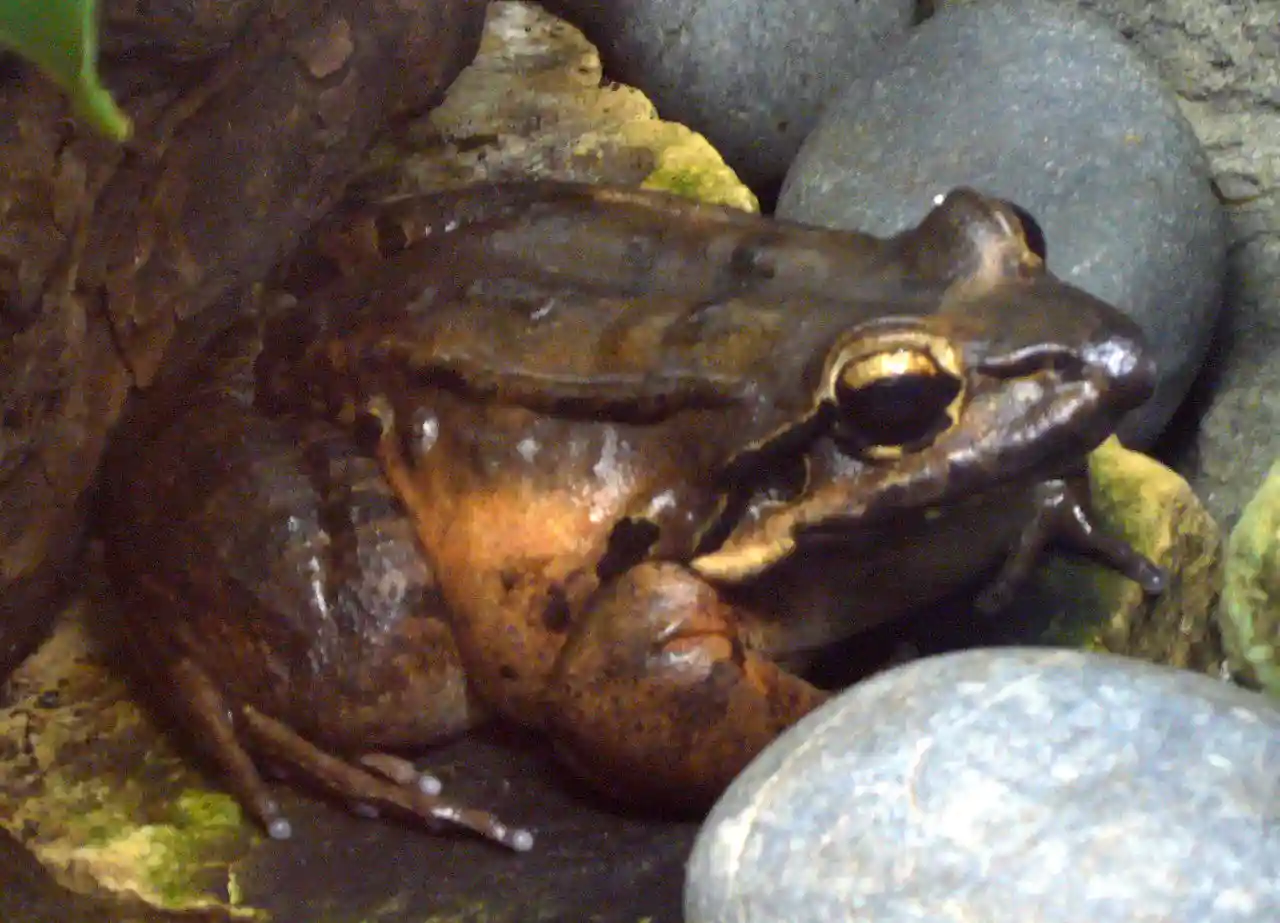Axolotls, the unique amphibian species native to Mexico, are facing a critical threat of endangerment. These fascinating creatures, also known as Mexican walking fish, have captivated the world with their extraordinary regenerative abilities and distinct physical features.

However, various factors have contributed to the declining population of axolotls, making their conservation a matter of utmost importance.
By understanding the challenges they face, we can work towards preserving their habitat and ensuring their survival for future generations to marvel at.
| Why Are Axolotos Endangered? | Reasons |
|---|---|
| 1. Habitat Loss | – Urbanization and infrastructure development – Deforestation and water pollution |
| 2. Invasive Species | – Competition for resources with native species – Preying on axolotl eggs and larvae |
| 3. Climate Change | – Fluctuations in water levels and temperature – Disruption of breeding patterns |
| 4. Illegal Pet Trade | – High demand for exotic pets – Illegal capture and trade |
Background Information on Axolotls
Description of Axolotls and Their Natural Habitat
Axolotls, scientifically known as Ambystoma mexicanum, are a species of salamander that are endemic to the Xochimilco and Chalco regions of Mexico. They are characterized by their external gills, feathery external gill filaments, and a permanently aquatic lifestyle.
Unlike most amphibians, axolotls do not undergo metamorphosis, remaining in their larval form throughout their lives.
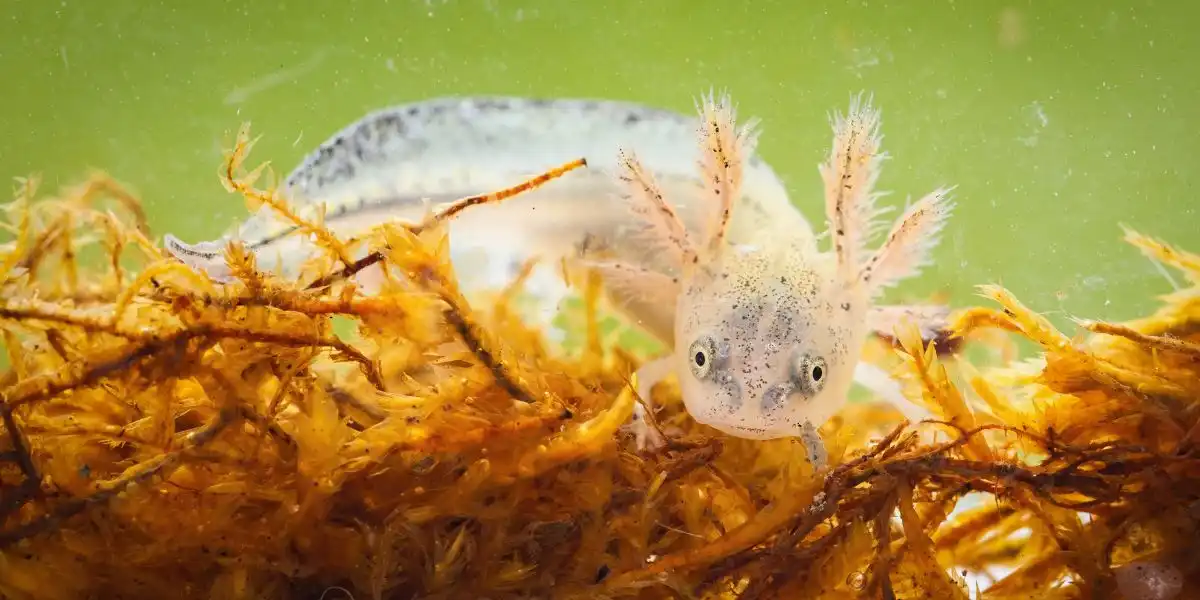
These fascinating creatures primarily inhabit freshwater lakes, canals, and wetlands. They are particularly associated with the ancient lake system of Xochimilco, which is known for its intricate network of canals and floating gardens.
The shallow, murky waters of their natural habitat provide them with ample food sources and protection.
Unique Characteristics of Axolotls
One of the most remarkable features of axolotls is their ability to regenerate body parts. If an axolotl loses a limb or sustains an injury, it can regrow the missing body part with astonishing precision.
This regenerative capability has made them a subject of extensive scientific research, holding great promise for advancements in regenerative medicine and tissue engineering.
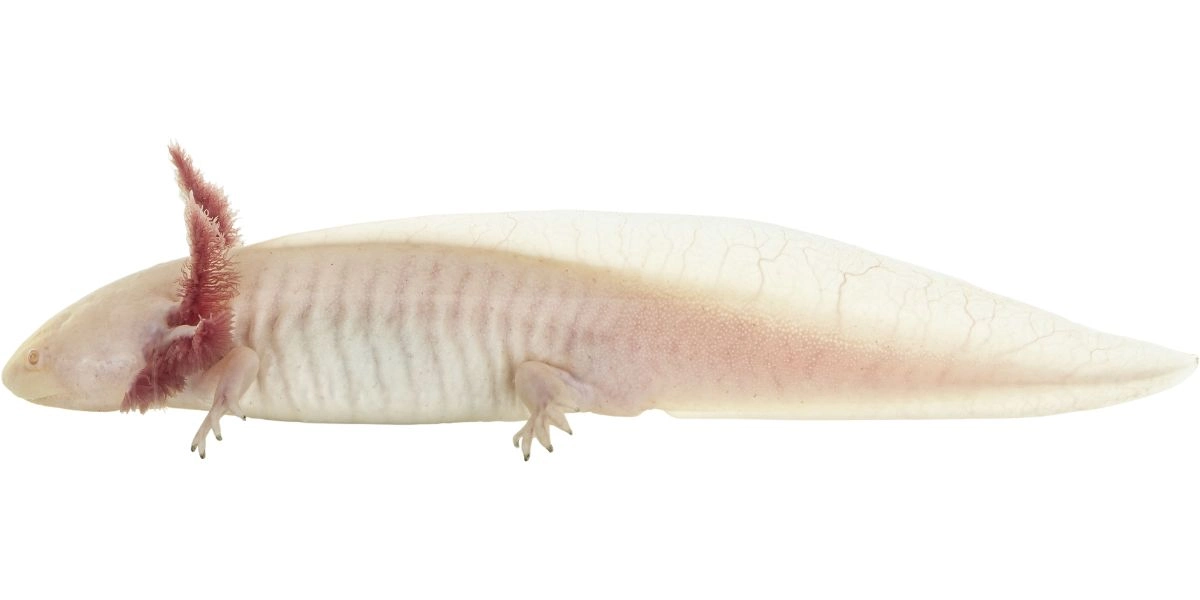
Axolotls also possess a unique ability to regenerate their spinal cord, heart, and even parts of their brain. This extraordinary regenerative potential has captivated scientists and has the potential to revolutionize the field of regenerative biology.
Scientific Research and Cultural Significance
Axolotls have played a crucial role in scientific research for decades. Their regenerative abilities have been studied extensively, providing valuable insights into the mechanisms of tissue regeneration and cellular plasticity.
Researchers have made significant progress in understanding the genetic and molecular basis of regeneration, thanks to the axolotl’s unique capabilities.
In addition to their scientific importance, axolotls hold cultural significance in Mexico. They are considered a symbol of Xochimilco and are deeply rooted in the cultural heritage of the region.
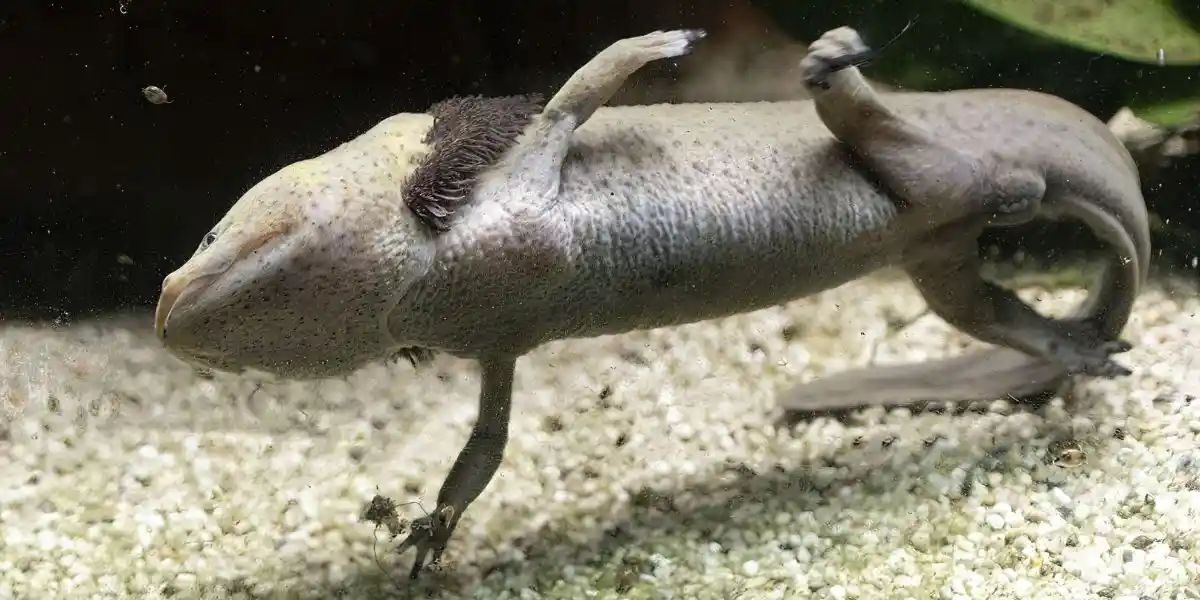
They have become an iconic species, attracting tourists and serving as a source of pride for the local community.
The combination of their scientific value and cultural significance makes the endangerment of axolotls a matter of great concern.
Factors Contributing to Axolotl Endangerment
Habitat Loss
- Destruction of Natural Habitat: Urbanization and pollution have taken a toll on the axolotl’s natural habitat. The expansion of cities and the construction of infrastructure have led to the destruction and fragmentation of their wetland habitats. This loss of suitable breeding and feeding grounds has severely impacted axolotl populations.
- Deforestation and Water Pollution: The clearing of forests and the resulting increase in sedimentation and nutrient runoff have negatively affected the water quality in axolotl habitats. Pesticides, fertilizers, and other pollutants from agricultural activities have contaminated the water, making it unsuitable for the axolotls to thrive.
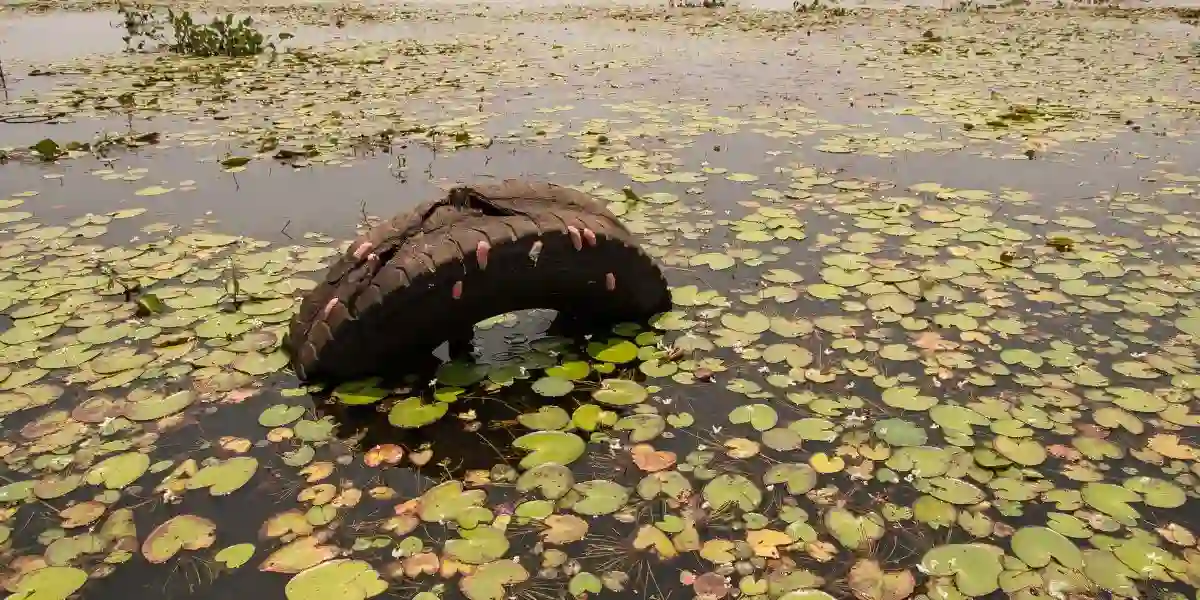
Invasive Species
- Introduction of Non-Native Species: The introduction of non-native species, such as tilapia and carp, into axolotl habitats has had detrimental effects. These invasive species compete with axolotls for resources, such as food and nesting sites, leading to a decline in their population. Additionally, tilapia and carp prey on axolotl eggs and larvae, further impacting their reproductive success.
- Competition and Predation: The invasive species outcompete axolotls for resources, disrupting the delicate balance of the ecosystem. They also pose a threat by preying on axolotl eggs and larvae, reducing their chances of survival and hindering population growth.
Climate Change
- Effects on Water Levels and Temperature: Climate change has resulted in fluctuations in water levels and temperature in axolotl habitats. Changes in rainfall patterns and increased evaporation have led to reduced water availability, making it challenging for axolotls to find suitable breeding sites. Rising temperatures can also negatively impact their survival and reproductive success.
- Disruption of Breeding Patterns: The altered environmental conditions due to climate change disrupt the natural breeding patterns of axolotls. Changes in temperature and water levels can affect their reproductive behavior, leading to a decline in successful breeding and the overall population.
Illegal Pet Trade
- Demand for Exotic Pets: Axolotls have gained popularity as exotic pets in recent years. The high demand for these unique creatures has fueled illegal capture and trade, further endangering their populations in the wild. The unsustainable collection of axolotls for the pet trade has put immense pressure on their already vulnerable population.
- Negative Consequences: The illegal pet trade not only depletes axolotl populations but also disrupts their natural ecosystems. The removal of axolotls from their habitats can have cascading effects on the food chain and overall ecosystem health. Additionally, the improper care and handling of axolotls as pets can lead to their premature death or the introduction of diseases into the wild.

Conservation Efforts
Government Initiatives
- Establishment of Protected Areas and Conservation Programs: Governments at the local and national levels have recognized the importance of preserving axolotl populations. They have established protected areas, such as the Xochimilco Ecological Reserve, to safeguard their natural habitats. Conservation programs have been implemented to monitor and manage these areas, ensuring the long-term survival of axolotls.
- Efforts by Local and National Governments: Governments have also taken steps to regulate urban development and pollution in axolotl habitats. Strict regulations and policies are being enforced to mitigate the destruction of their natural habitats and reduce water pollution. These initiatives aim to create a conducive environment for axolotls to thrive.
Breeding Programs and Captive Conservation
- Importance of Captive Breeding Programs: Captive breeding programs play a crucial role in maintaining genetic diversity and preventing the extinction of axolotls. Institutions and organizations are actively involved in breeding axolotls in controlled environments, ensuring the survival of the species even in the face of declining wild populations.
- Role of Zoos and Research Institutions: Zoos and research institutions around the world are actively engaged in axolotl conservation efforts. They provide a safe haven for axolotls, conducting research, and implementing breeding programs to support their conservation. These institutions also educate the public about the importance of preserving axolotls and their habitats.

Public Awareness and Education
- Importance of Raising Awareness: Raising public awareness about axolotl conservation is crucial for their protection. Educational campaigns, media outreach, and community engagement initiatives are being undertaken to inform the public about the threats faced by axolotls and the actions needed to conserve them.
- Promoting Responsible Pet Ownership and Habitat Preservation: Public awareness campaigns emphasize the importance of responsible pet ownership. They discourage the illegal capture and trade of axolotls, promoting ethical practices and encouraging people to adopt sustainable alternatives. These campaigns also emphasize the need to preserve and restore axolotl habitats to ensure their long-term survival.
Frequently Asked Questions
Axolotls have been considered critically endangered for several decades. The exact timeframe for their endangered status depends on the specific assessment or classification criteria used, but the decline in their population has been a concern since at least the 1990s.
If axolotls go extinct, it would result in the loss of a unique and important species. Ecologically, their absence would disrupt the balance of their native habitat in Xochimilco, Mexico. Axolotls play a significant role in the ecosystem as both predators and prey, and their disappearance could have cascading effects on other species and the overall health of the ecosystem.
The exact number of axolotls left in the wild is difficult to determine. However, due to their critically endangered status, it is estimated that the wild population of axolotls has significantly declined in recent years.
In the wild, axolotls are primarily hunted by various predators, including birds, larger fish, and some mammals. However, their natural defense mechanisms, such as regeneration and camouflage, can help them evade some predators.
Axolotls are important for several reasons. They possess remarkable regenerative abilities, which make them valuable for scientific research in areas like tissue regeneration and developmental biology. They also serve as indicators of ecosystem health, as their presence or absence can indicate the state of their habitat’s water quality and ecosystem stability. Furthermore, axolotls have cultural and economic significance, attracting tourism and contributing to the local economy in Xochimilco.
There is still hope for saving axolotls from extinction. Conservation efforts, such as captive breeding programs, habitat restoration, and stricter regulations on pollution and water management, are being implemented to protect and restore their natural habitats. It will require ongoing conservation measures and public awareness to ensure the survival of axolotls in the long term.
Conclusion
Axolotls, the unique amphibian species with extraordinary regenerative abilities, are facing endangerment due to various factors. Habitat loss, invasive species, climate change, and the illegal pet trade have all contributed to the declining population of axolotls.
However, conservation efforts are underway to protect and preserve these remarkable creatures.
Government initiatives, such as the establishment of protected areas and conservation programs, aim to safeguard axolotl habitats. Breeding programs and captive conservation efforts in zoos and research institutions play a vital role in maintaining genetic diversity.
Public awareness and education campaigns are crucial in promoting responsible pet ownership and habitat preservation.
It is imperative that we take action to support these conservation efforts and prevent the extinction of axolotls.
By preserving their habitats, regulating urban development and pollution, and discouraging the illegal pet trade, we can ensure the survival of this unique species for future generations to appreciate and study.
Let us join hands in protecting and conserving axolotls, ensuring that these fascinating creatures continue to thrive in their natural habitats. Together, we can make a difference and secure the future of the axolotl species.


